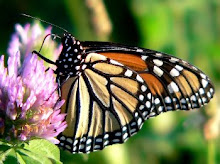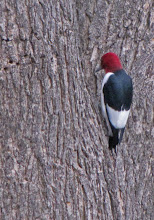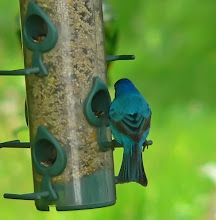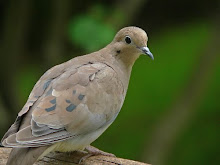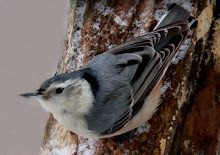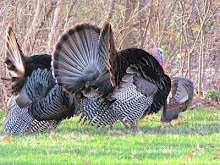Gardeners have always planted extra seed because they know some will not sprout. Poems or songs were tools to teach children how to grow seeds and how to count.
One for the cutworm
One for the crow
One to rot and one to grow.
Plant squash in May they run away.
Plant squash in June there will be plenty soon.
Plant pumpkins on the first of June,
You will have pumpkins soon.
Plant cucumbers on the sixth of July,
You will have cucumbers wet or dry.
Predicting the weather in rhyme helped them remember
Rainbow in the morning, farmer take warning
Rainbow at night, fisherman's delight.
A pale moon doth rain,
A red moon doth blow
If a redbird calls pretty, pretty, pretty,
The weather will be pretty.
Planting by the phase of the moon is a practice that is centuries old.
Many farmers and gardeners feel it is very important to work in harmony with the moon. Scientists actually studied these ancient methods and came up with some interesting ideas. During the dark phases of the moon, plants orient themselves toward their roots. With the sap rushing downward, it is said to be a favorable time for planting root crops and for transplanting. During the light phases of the moon, sap is said to flow upward, filling stems and leaves and favoring the planting of crops that mature above the ground.Another theory is that the gravitational pull of the moon raises ground-water the same way it does tidewater. If this is true, it suggests how the moon might pull soluble nutrients upward toward the roots of a plant and stimulate growth.
The next full moon is April 9, commonly called the Pink Moon named for the grass pink or wild ground phlox which is one of the earliest widespread flowers of the spring. Other names are the Full Sprouting Grass Moon, the Egg Moon, and -- among coastal tribes -- the Full Fish Moon, because this is when the shad came upstream to spawn. This is also the Paschal Full Moon; the first full Moon of the spring season. The first Sunday following the Paschal Moon is Easter Sunday which is observed on April 12 this year.
New moon March 26
First Quarter April 2
Full Moon April 9
Last Quarter April 17
New Moon April 24
Sow seeds during the waxing moon.
Plant root vegetables (carrots, onions, potatoes) during the third quarter of the waning moon.
Plant vegetables that grow above ground (tomatoes, lettuce, squash) two nights before the new moon or in the first quarter of the new moon.
Transplant on the waning moon.
Put down manure at the dark of the moon in March
If you can find a pregnant woman to plant your garden, everything will thrive.
A very important piece of advise if you find yourself in a drought (Folklore from Adam County IL an oral history)
"My husband went blackberrying day before yesterday and found a tick, and he said, 'We need a rain.' If you find a woodtick, stick a pin through it and stick it on the side of a wall or tree and it will rain in twenty-four hours. So he stuck a pin through it and stuck it on a maple tree, and we had a pour-down of rain before twenty-four hours."
Thursday, March 26, 2009
Subscribe to:
Comments (Atom)









